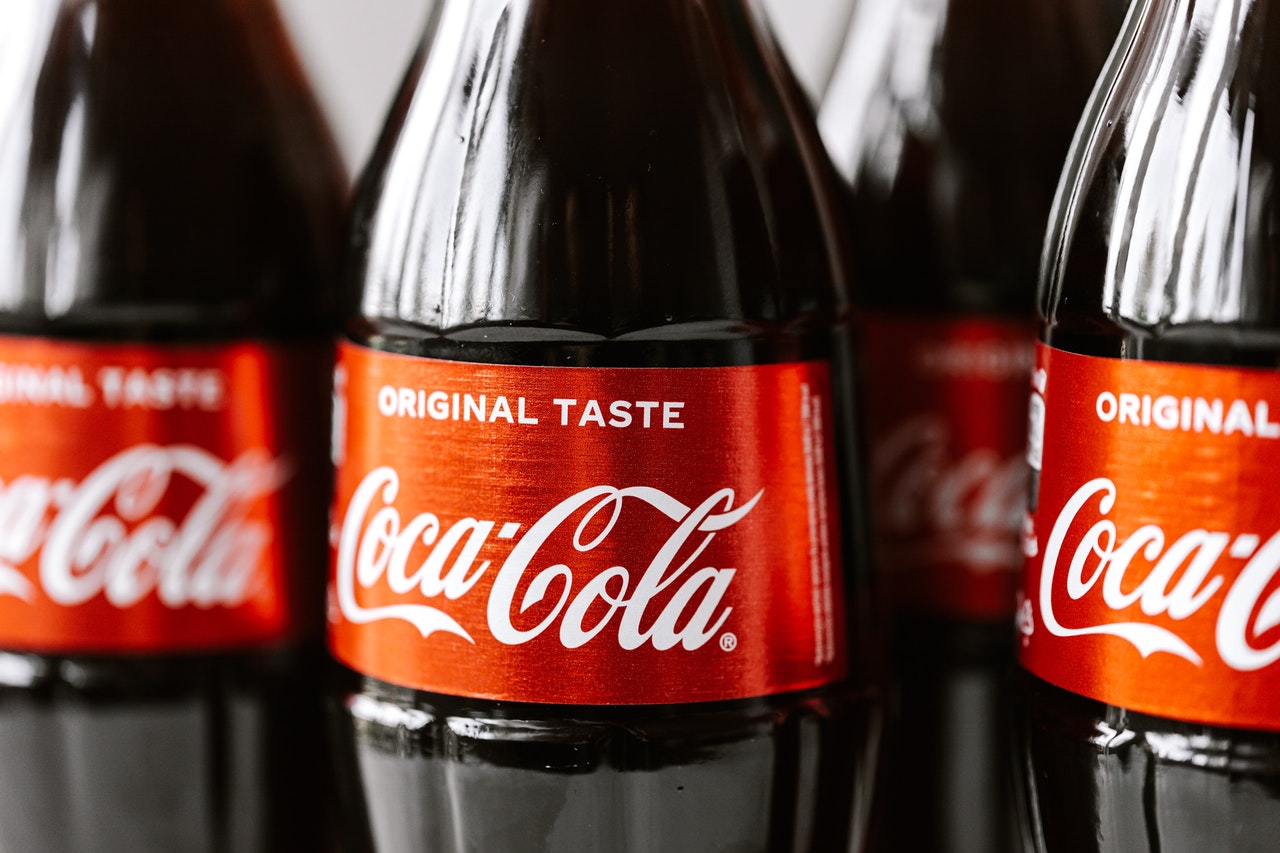If you are a business that is looking to improve its brand identity and makes frequent use of labels, you may want to consider rethinking your current designs and terminology. This step by step guide will help you to formulate the basis of a strong visual brand by the use of adhesive labels attachable to your product line.
Research
A key marketing principle is to know who your target market is and what is going to attract them. So, finding out what your consumers want to buy is just as essential. By segmenting your target market into demographics (employment, education, income, marriage rates, age, etc), and geographics, you can get one step ahead of appealing to the people who are most likely to purchase your product.
Define Dimensions
If you are looking to start producing labels, make sure you know the dimensions that the label is to be made to. An easy way to get your dimensions is to simply ask your supplier about the packaging. They will have all of the specifications. Even easier, simply cut out a piece of paper that fits the packaging and measure accordingly.
Select Key Information
Too much information – or too little! Both are big problems. If you have too much text on your label it will overwhelm the reader, look cluttered and confusing. But not having enough information is frustrating for customers who are trying to decide if your product is right for them. So put yourself in the shoes of the customer. Make sure you answer their questions. Do you know what they are looking for? Do you know what their questions are? If not, ask them.
Choose the Right Font
Choosing a font that reflects the product is key. This helps to build subconscious brand awareness and affiliation to a product as a consumer. With this being said, anything too eloquent risks losing readability. Something too simple may mislead the customer that the product is something it’s not. This is also termed as typography pairing. Be sure to hire the correct product designer who will tie in your product with your label imagery.
Click here to see trending Google fonts pairs.
Choose a Colour Scheme
Much like choosing the font, it is important to finalise colour combinations that will be repeated throughout your entire range of marketing communications. Labels need to illustrate exactly what the product is about and evoke emotions with the consumer. This will always differ depending on what product you are offering. Labels are often more important than billboards, so it is just as important to choose colours that are unique and effective with your labels.
Bacardi use a simple but memorable and classic color scheme
Emphasis on White Space
White space is simply an area that has not been utilised by the graphic designer on a label. This helps to break up blocks of writing, and can assist the reader in filtering through the useful information of a label.
If a minimalist look is what you are trying to achieve for your brand, then careful consideration of where and where not to put writing is a must.
Maintain Originality
Your label design should look new, memorable, and original. Research your competitors to see how they have branded their products and labels. This is important not just to get ideas but to what you should stay away from. Legal battles have often ensued with close rivals because of the similarities of their designs. Creating something that stands out and will catch someone’s eye is crucial.
A simple but original design by Saja & Co
Choose the Right Printing Partner
Throughout NZ several label manufacturers specialise in different fields. Make sure your label maker is trusted and has a sound reputation with current and past clients. Be sure to talk to friends and industry professionals about a good suit for your product. Be sure to know what the labels are going to be made from including the texture and grammar of the paper. Label makers use different techniques such as boiling lamination and stream printing, both of which can be used well in their appropriate contexts.
You can read the full article here.








